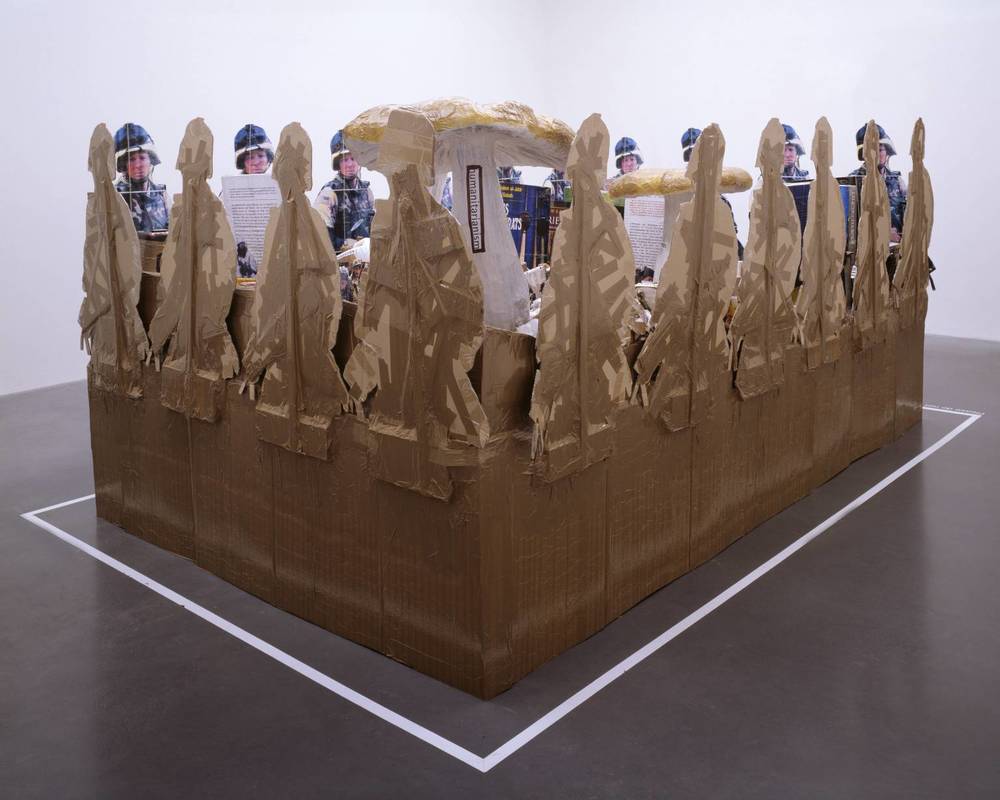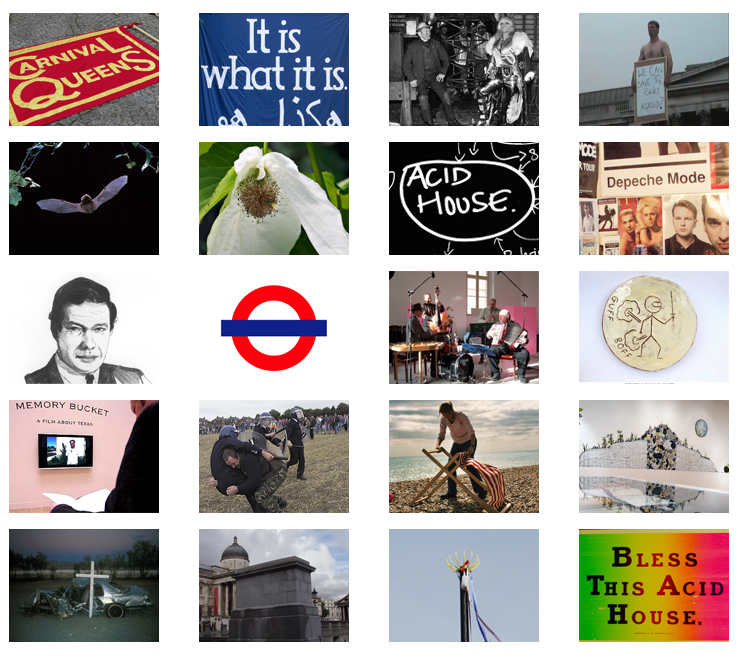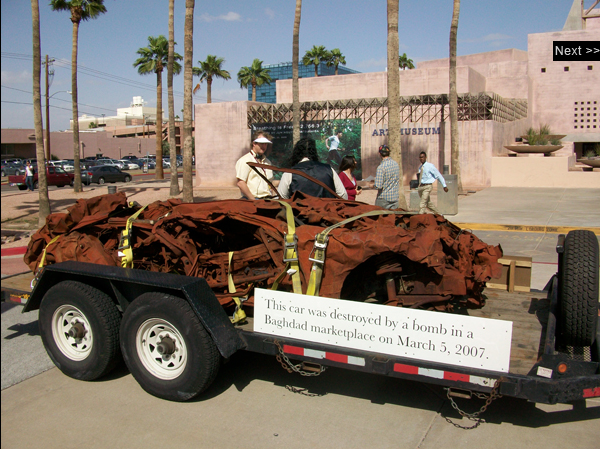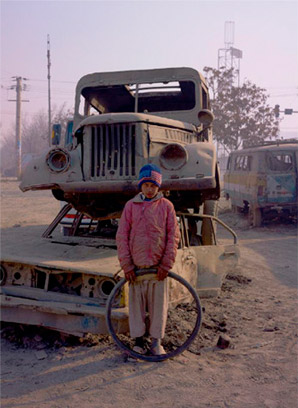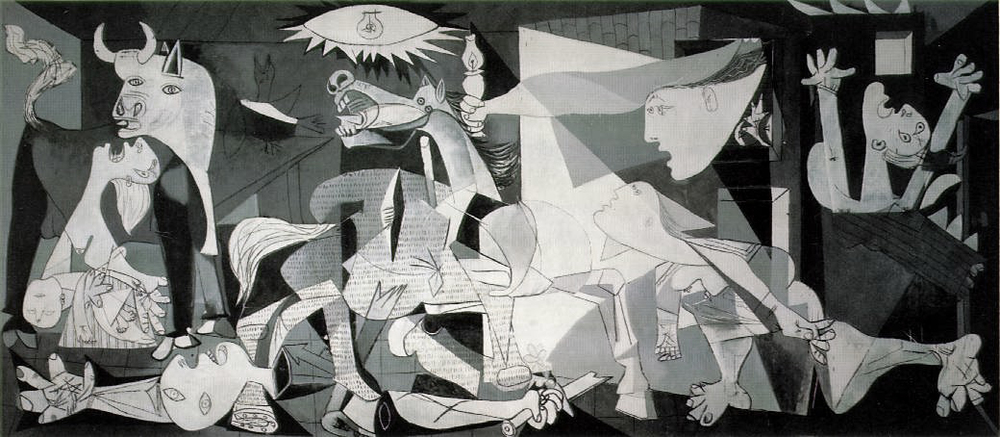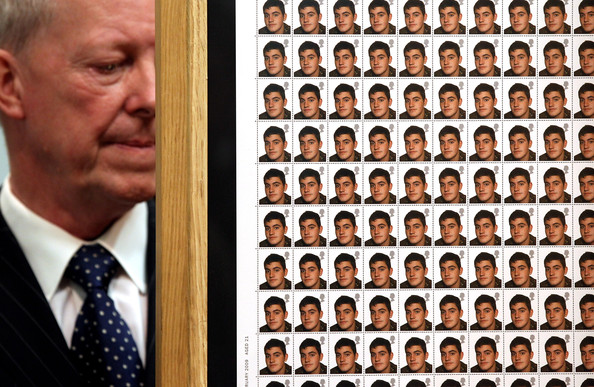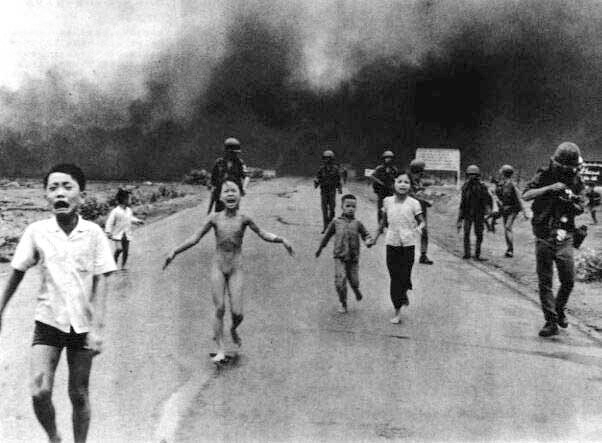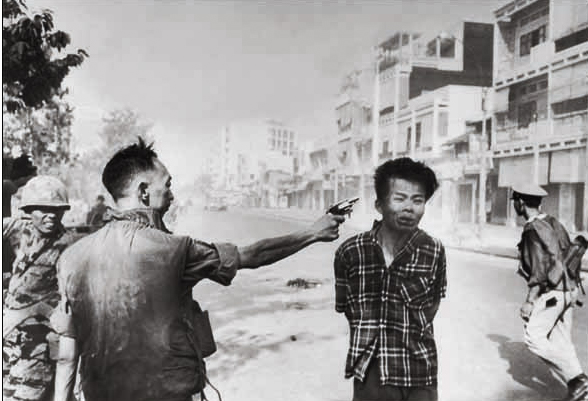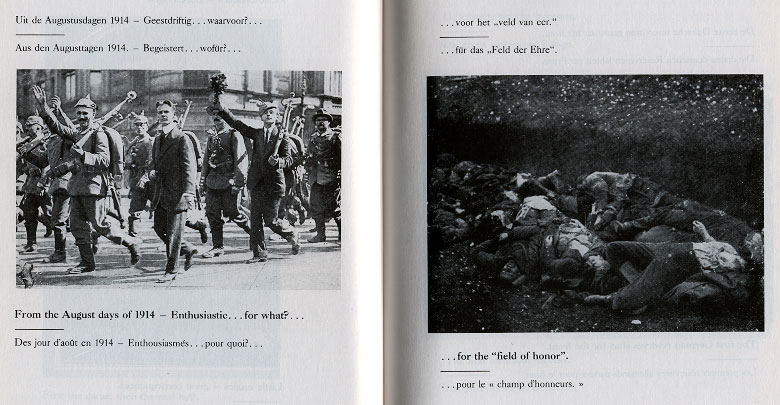Luc Delahaye, further thoughts
In understanding my practice as someone who uses photography and video, I have had to ask questions such as where does documentary end and art begin? This question seemed easy to answer several years ago, but now I find myself dipping into these two distinct areas in different ways. Artists such as Luc Delahaye blur the distinctions further (it is worth noting his work is one of my personal favourites). “Delahaye's big pictures ask more questions than they answer about the increasingly blurred line between reportage and art, the importance of scale, and the tangible sense of detachment that characterises a certain strand of contemporary photography.” Sean O'Hagan guardian.co.uk, Tuesday 9 August 2011 09.00 BST
The Deutch Borse prize winner is a photojournalist and artist. His large format works blur the lines between reportage and fine art. I find both how he has been accepted in the art world and the scale of his work interesting. Delahaye has long crossed the line between photojournalist and artist. The scale at which his prints are reproduced and the high quality result that he obtains from the medium/large format photography gives the viewer a reaction which is more profound then the usual journalistic image. His work makes me start to question the nature and genre of my own work.
